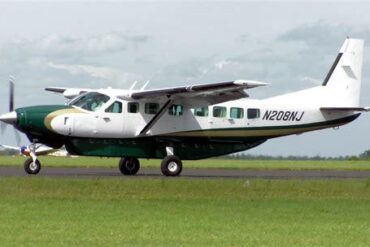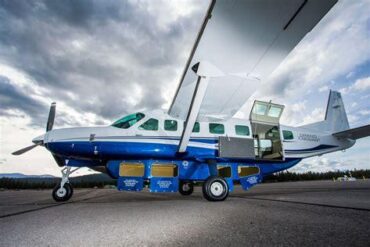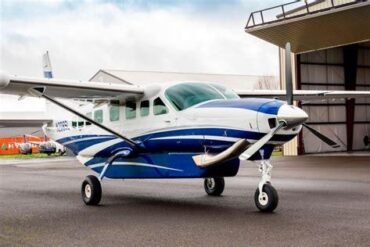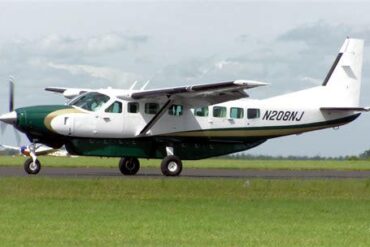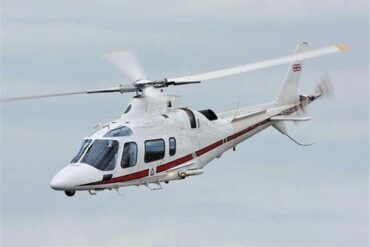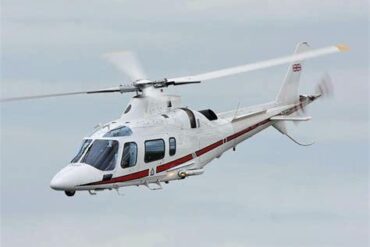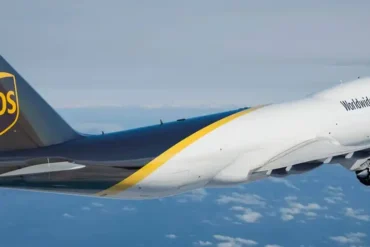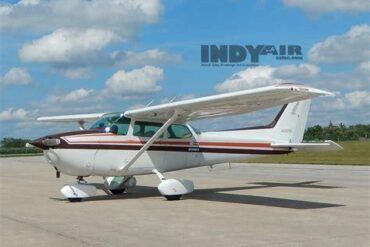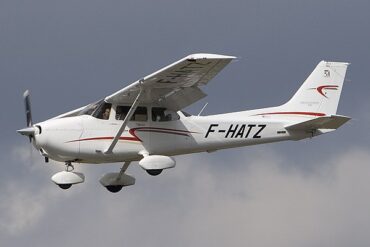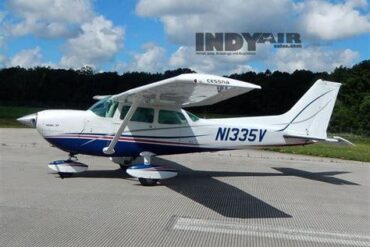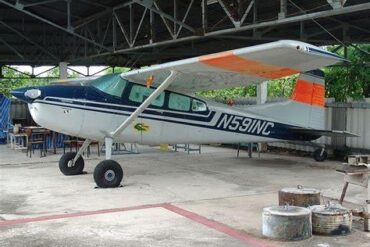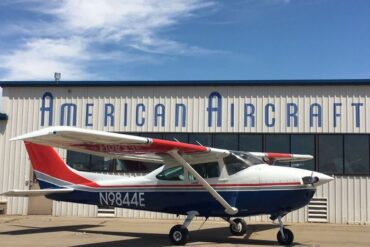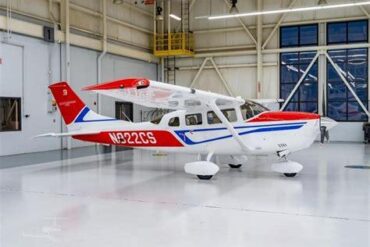The Cessna 208B Grand Caravan is a versatile and reliable aircraft that has earned a reputation for its performance in various roles, including passenger transport and cargo operations. This article provides an in-depth analysis of the price and operating costs associated with the Cessna 208B Grand Caravan, specifically focusing on the cargo pod variant.
Overview of the Cessna 208B Grand Caravan
The Cessna 208B Grand Caravan is a single-engine turboprop aircraft designed for short-haul flights and capable of accommodating both passengers and cargo. With its robust structure and excellent payload capacity, the Grand Caravan is popular among air taxi services, cargo operators, and private owners. Its ability to operate from short runways makes it an ideal choice for accessing remote areas.
Specifications of the Cessna 208B Grand Caravan
-
Length: 40 ft 4 in (12.30 m)
-
Wingspan: 52 ft 2 in (15.90 m)
-
Height: 14 ft 6 in (4.42 m)
-
Maximum Takeoff Weight: 8,750 lbs (3,969 kg)
-
Cruising Speed: Approximately 185 knots (213 mph)
-
Range: 1,000 nautical miles (1,150 miles)
-
Payload Capacity: Up to 3,570 lbs (1,620 kg)
Pricing of the Cessna 208B Grand Caravan
When considering the purchase of a Cessna 208B Grand Caravan, potential buyers must take into account various factors that influence the overall price. The cost of a new Cessna 208B Grand Caravan typically ranges from $2 million to $2.5 million, depending on the configuration and optional features chosen.
Factors Influencing the Price
-
Base Model vs. Customization: The base model comes with standard features, while additional customization options, such as advanced avionics, enhanced interior finishes, and specialized cargo pods, can significantly increase the price.
-
New vs. Used Aircraft: The market for used Cessna 208B Grand Caravans offers various options, with prices ranging from $500,000 to $1.5 million based on age, condition, and total flight hours.
-
Geographical Market: Prices may vary based on geographical location and demand. Regions with a high concentration of aviation activity may see increased prices due to demand.
-
Additional Equipment: The inclusion of options like cargo pods, better avionics, or extended range tanks can elevate the overall cost.
Operating Costs of the Cessna 208B Grand Caravan
Understanding the operating costs of the Cessna 208B Grand Caravan is crucial for both commercial operators and private owners. These costs can be divided into fixed and variable expenses, providing a comprehensive view of what to expect when operating this aircraft.
Fixed Operating Costs
-
Insurance: The average annual insurance cost for a Cessna 208B Grand Caravan is approximately $15,000 to $25,000, depending on the coverage level and the operator’s experience.
-
Hangar Fees: Depending on the location, hangar fees can vary significantly. On average, these fees can range from $300 to $1,500 per month.
-
Financing Costs: If financed, the monthly payment on a new aircraft can average around $10,000 to $15,000, depending on the loan terms and interest rates.
Variable Operating Costs
-
Fuel Costs: Fuel consumption for the Cessna 208B Grand Caravan averages around 30 gallons per hour. With fuel prices fluctuating, operators can expect to pay between $4.00 to $6.00 per gallon. Therefore, the hourly fuel cost can range from $120 to $180.
-
Maintenance and Repairs: Regular maintenance is essential for safe operation. Annual maintenance costs can average $30,000 to $50,000, depending on usage and any necessary repairs.
-
Crew Salaries: For commercial operators, pilot salaries are a significant expense. Salaries can range from $60,000 to $100,000 annually for experienced pilots.
-
Miscellaneous Costs: Other variable costs include landing fees, navigation fees, and other operational expenses that can average around $5,000 to $10,000 per year.
Total Operating Cost Estimation
When calculating the total operating costs, we can estimate:
-
Fixed Costs: $15,000 (insurance) + $12,000 (hangar fees) + $120,000 (financing) = $147,000 annually
-
Variable Costs: $150 (fuel) + $40,000 (maintenance) + $80,000 (crew salaries) + $7,500 (miscellaneous) = $277,650 annually
Thus, the estimated total annual operating cost for a Cessna 208B Grand Caravan could be around $424,650, varying based on usage and specific operational circumstances.
Cargo Pod Options and Pricing
The cargo pod is a popular accessory for the Cessna 208B Grand Caravan, enhancing its cargo-carrying capabilities. Understanding the options and their associated costs is vital for potential operators.
Types of Cargo Pods
-
Standard Cargo Pod: This basic pod offers increased storage space without significant modifications to the aircraft. Pricing typically starts around $30,000.
-
Extended Cargo Pod: Designed for larger payloads, this option allows for more substantial cargo. Prices can reach up to $50,000, depending on the design and features.
-
Custom Cargo Solutions: Operators requiring specific configurations can opt for custom-designed cargo pods, which may exceed $70,000 based on complexity and materials used.
Benefits of Using Cargo Pods
-
Increased Payload Capacity: Cargo pods allow operators to transport more goods, optimizing revenue potential.
-
Enhanced Aerodynamics: Well-designed cargo pods improve the aircraft’s aerodynamic profile, potentially increasing fuel efficiency.
-
Versatility: Cargo pods can be easily attached and detached, allowing for quick transitions between passenger and cargo configurations.
Conclusion
In summary, the Cessna 208B Grand Caravan stands out as a dependable aircraft for both passenger and cargo operations. With a starting price of around $2 million for new models, and operating costs that can reach $424,650 annually, it’s essential for potential buyers and operators to conduct thorough cost analyses. Understanding the nuances of cargo pod options can further enhance operational efficiency and profitability. By carefully evaluating these factors, operators can ensure they make informed decisions that align with their operational goals.

